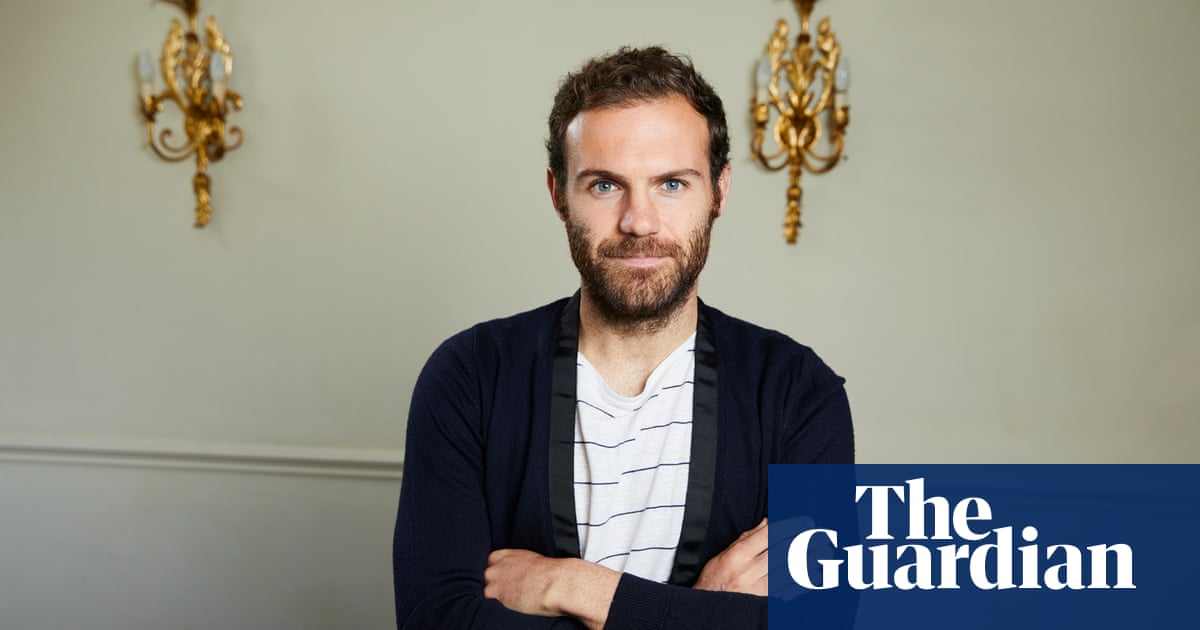
In happier times, there was a story Eric Harrison used to tell his players at Manchester United, as the coach who helped bring through the Class of ’92, about a piece of advice he once received from the centre-half he regarded as the hardest man he had ever seen on a football pitch.
George Curtis will always be best remembered as John Sillett’s managerial partner on the day Coventry City won the 1987 FA Cup. Yet for Harrison’s generation in the 1950s and 1960s he was the kind of centre‑half who could trouble even the most granite-jawed opponent. Harrison played with him on their national service and was always fascinated how a man of 5ft 11in won so many headers against players who were well over 6ft. “No problem,” Curtis explained, “early in the game, when the first ball comes up the middle, I don’t head the ball. I head the back of the centre-forward’s head against the ball – and he doesn’t usually come back for more.”
Harrison liked what he heard so much he adopted the same tactic, as you might expect for a man whose nickname during 10 years as a wing‑half at Halifax Town was “Chopper”. Harrison, by his own admission, saw every header as a personal challenge, no matter what was in the way.
Yet it had its consequences. His wife, Shirley, told me a story recently about her first pregnancy and the arrival of their baby daughter, Kim. Harrison was in another part of the hospital that day, suffering one of his regular concussions, and missed the birth. That one wiped him out for three days.
He is 79 now and the most famous players from his list of successes Old Trafford are still in thrall of their old coach. Yet it hasn’t been easy for anyone when they have called in to see him this year. “Eric still talks about them – Giggsy, Beckham, Scholesy, the Nevilles – but he doesn’t recognise them now,” Shirley explains. “He recognises me and his daughters, but not even the grandchildren. The players have all been to visit but it wasn’t the Eric they knew. Scholesy, in particular, found it really hard. They all did. It was upsetting for all of them.” Beckham had turned up with a carrot cake he had baked with his children and a bottle of whisky. Afterwards, he sat in his car and wept.
By now, you have probably read about Harrison’s deteriorating health and the inevitable concerns that maybe he has suffered from what the coroner in Jeff Astle’s inquest described as “industrial disease”, namely dementia brought on by heading the ball.
Nobody can be sure if there is a connection but, as Shirley acknowledges, it is something she and her family have to consider when there are so many stories of other former pros from bygone eras – in particular, players who were renowned for their heading ability – who have suffered the same way. Astle’s family have led the campaign for greater research, first featured in this column in March 2014, and maybe we are finally getting somewhere now the Football Association and the Professional Footballers’ Association are planning to commission a study to examine the risks and see what can be done.
Yet it has been a bewilderingly slow process, to say the least, bearing in mind it was actually 2002 when the two organisations announced there would be a joint 10-year research programme and I wonder how Kevin Doyle feels about that now football has a story of a modern player who has been forced to retire, on medical advice, because heading the ball was causing persistent headaches. Doyle’s announcement follows what he describes as “numerous” concussions, including two this season, as a player who was always renowned for his aerial ability, scoring a high percentage of his goals that way at Reading, Wolverhampton Wanderers and Colorado Rapids. He is 34 and says his doctors have advised him to end a career that also features 64 caps for the Republic of Ireland to “avoid the possibility of these symptoms becoming more serious and permanent”. The risks are simply too great.
At least he has got out now, rather than subjecting himself to any more punishment, and hopefully that will mean no further problems, whereas there once would have been a time when a footballer in that position would have been encouraged to carry on regardless. Yet it always comes as a jolt when a professional sportsman is advised to quit on medical grounds and particularly in Doyle’s case when many of us, I imagine, might presume there is not a great deal to worry about from heading the ball in today’s game.
It is an easy assumption to make and I must confess I was one of those who thought the dangers had largely been removed once football phased out those heavy, leather balls, often saturated in water, that have been blamed for the issues relating to previous generations. That, however, might be a common mistake because if you listen to some of the experts who have been studying these cases it is a complete red herring.
The balls might be lighter these days but that just means they travel much faster. The game is getting quicker all the time and that means more crosses are being made and more headers are necessary. There might not be the same kind of physicality compared to the days, to quote Harrison, when “trying to break opponents in half” was part of your average Saturday afternoon. But the greater speed also means there is a higher risk of players taking accidental bangs to the head.
Willie Stewart, the neuropathologist who examined Astle and likened what he found to the brain of an old boxer, calls it a “lazy characterisation” to think of it as merely a problem of the past. Many people still do, however, and maybe that explains why the authorities in England have chosen to look the other way for so long, never taking the trouble to confront the evidence properly.
It is certainly worth recounting what happened after the FA promised the Astle family in 2002 that it would treat the issue as a high-level priority. Instead the family received two letters and did not hear from the governing body for 12 years until Greg Dyke, the then chairman, had the decency to apologise on behalf of a previous regime. The first letter was from the FA’s solicitors to advise against legal action. The next could easily be described as a sweetener – a tactic the FA used many years later with various sexual-abuse victims – by offering free tickets for the next England friendly, albeit with the rider that it would be difficult to squeeze them all in. Two seats was the limit.
Thankfully, there are other countries where they have devoted time to these studies without leaving the impression they had to be pushed into seeking answers. One study in New York found that players in their 30s who headed the ball 885 to 1,550 times a year had significantly lower water movement in three areas of their brains and those who did so more than 1,800 times tended to do notably worse in memory tests. American sports have been much quicker to recognise the dangers of concussion and when it comes to chronic traumatic encephalopathy (CTE), the brain disease caused by repeated blows, Boston University announced last week there had been a significant breakthrough diagnosing it in living humans rather than having to identify it posthumously, as was previously the case.
The United States feels so far ahead in terms of its research, its response (heading has been outlawed for under‑10s since 2015) and its understanding that the people playing sport have a right to know the risks. It might not change the way they play, or what their coaches demand, but at least they would be in possession of the facts. Doyle moved to Major League Soccer in 2015. It doesn’t reflect well on English football that he might still be going up for headers every Saturday, come what may, if he had stayed put.Burden of proof on Ox to show worth
Who did Gareth Southgate mean when he admitted being dissatisfied with his latest England squad and volunteered the information that “one or two players” did not warrant their places judging by their club performances so far this season?
Southgate was too gentlemanly to say but nobody should be surprised if Alex Oxlade-Chamberlain featured prominently in the thoughts of the England manager after a run of form that has merely confirmed the view here that Arsenal did extraordinarily well to coax a transfer fee of £40m out of Liverpool.
Oxlade-Chamberlain is a curious player because he certainly does not lack admirers. Arsène Wenger wanted to keep him at Arsenal and, as well as Jürgen Klopp at Liverpool, Antonio Conte had him on his wish-list for Chelsea. Roy Hodgson spoke highly of him during his time as England manager and Southgate keeps selecting him.
At the same time, it is not always easy to understand the attraction and the difficult truth, looking back over his Arsenal years, is that it is trickier even still to recall a key fixture when Oxlade-Chamberlain has played the leading role. He has started only one game for Liverpool, a Carabao Cup tie, and if there are hidden layers it is time he found a way to bring them out. Oxlade-Chamberlain is 24 now and at that age no footballer should want to be talked about for mere potential.The Guardian Sport












